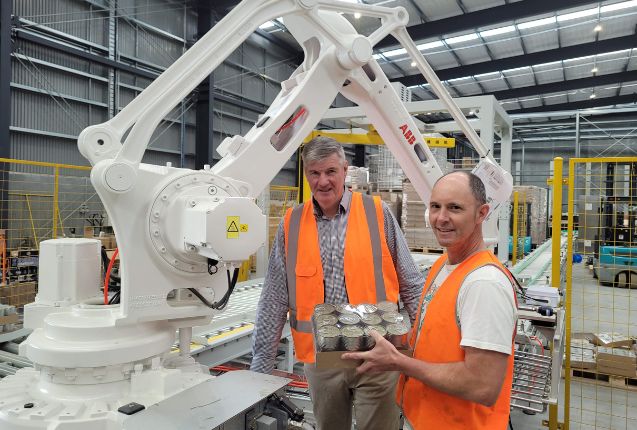The December quarter is always the busiest in New Zealand and fortifies retailers for the leaner winter months. But four in 10 Kiwi consumers (41%) are expecting to spend less this festive season than they have previously, according to EY’s latest Future Consumer Index report.
Nearly two thirds (62%) of consumers expect the cost of living to rise further in the next six months, and they are responding by tightening their belts and becoming savvier shoppers. New Zealanders are getting more involved with sales periods, with 37% expecting to take part in sales; and 70% of these shoppers holding off on making purchases until major sales events.
Economic downturns are a test of customer loyalty. We know price tends to become the deciding factor in purchasing criteria, and this can influence customer satisfaction, return rates and average order values. But price is just one factor driving brand loyalty.
The probability of selling to an existing customer is far greater than that of selling to a new customer. But that doesn’t mean that retaining existing clients and building value into the relationship is easy. There are several strategies that brands can employ:
- Think beyond points
Brands are beginning to reimagine their loyalty approach to include a suite of holistic offerings and value-adds, like incentives for word-of-mouth recommendations, subscription-based services that offer exclusive events/experiences, bulk discounts and early access to products/services.
The important lesson here is that loyalty is much more than customers swiping their cards and collecting points. Loyalty strategies allow brands to show loyalty to their customers, not the other way around.
- Communicate with clarity
The endgame of every interaction shouldn’t be a sale. Some interactions can simply be a chance to forge deeper connections with your customers. However, it can be difficult to identify the signals to communicate with customers at the right time, rather than bombarding them with emails. While the success of email blasts can be measured in click throughs and sales conversions, there is no longtail of sustainability in this approach.
Brands must communicate openly and with authenticity – this could be sharing how products are sourced, how data is collected or how your organisation is tackling challenges like climate change.
- Experience is everything
People no longer head to the shops simply to purchase products. They go for the experience – and that explains why 61% of customers will switch to a competitor after just one bad experience. However, even bad experiences can be turned around. We know customers are 2.4 times more likely to remain loyal to a brand if problems are solved quickly. The smart response for brands and retailers is to keep a very close eye on key customer experience metrics, and course correct with speed and purpose.
- Harness the power of personalisation
Personalising the shopping experience is a potent strategy to establish lasting connections. Leveraging artificial intelligence and automation to analyse customer behaviours help businesses to tailor recommendations, content and loyalty rewards. The AI conversation currently underway in the retail sector is very similar to the previous hot topic of big data. It all comes back to consciously collecting information readily available to understand the needs, behaviours and wants of customers and then responding appropriately.
The natural instinct during times of economic constraint is often to double-down on the short term focus: cut deeper into price or costs to hit the weekly sales or profitability target. The retailers and brand custodians that can lift their heads up, look to the horizon and invest in the future, will have a head start when the economic worm begins to turn.
By Michael Summers-Gervai
Customer & Growth Lead at EY New Zealand



